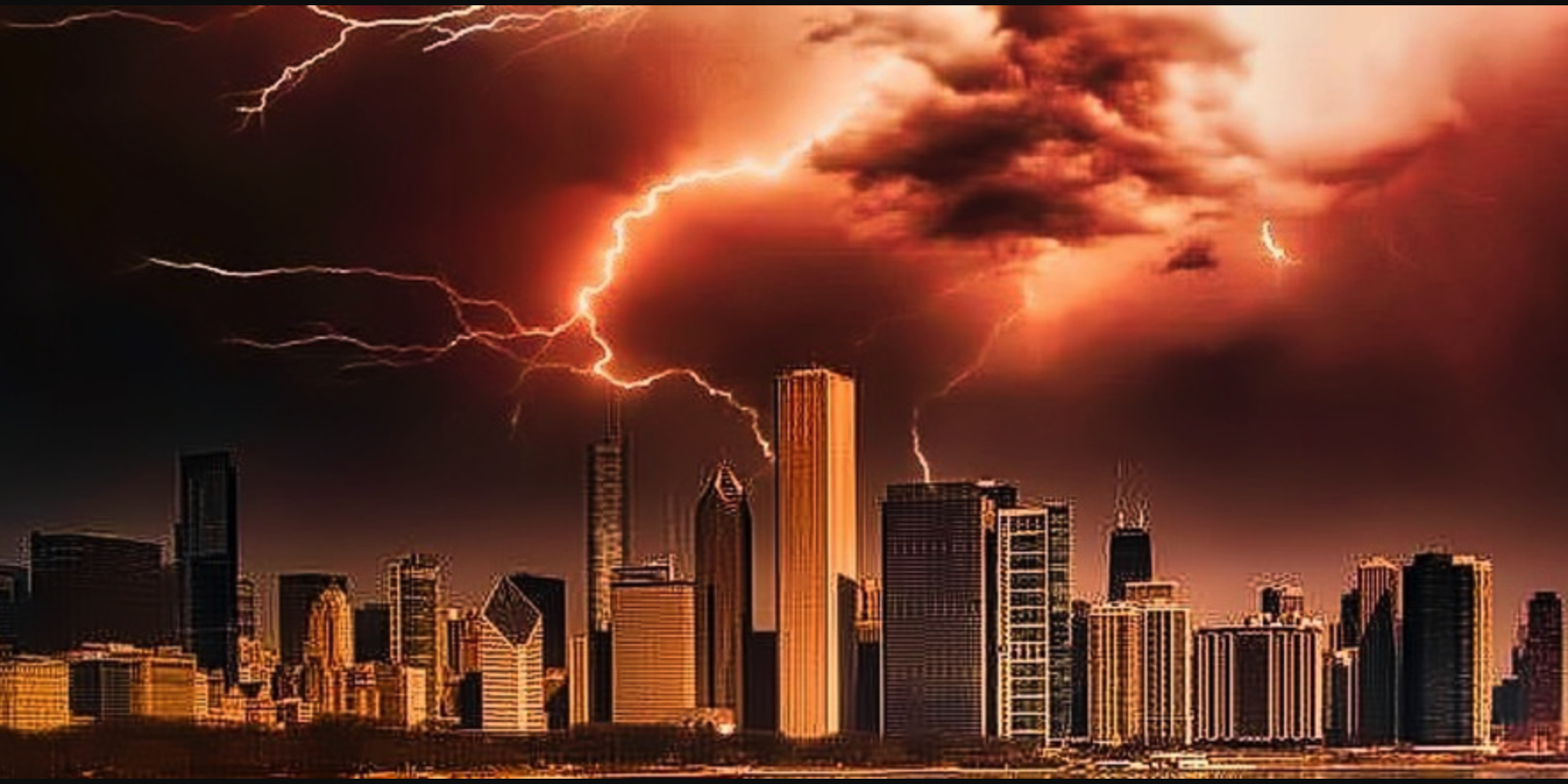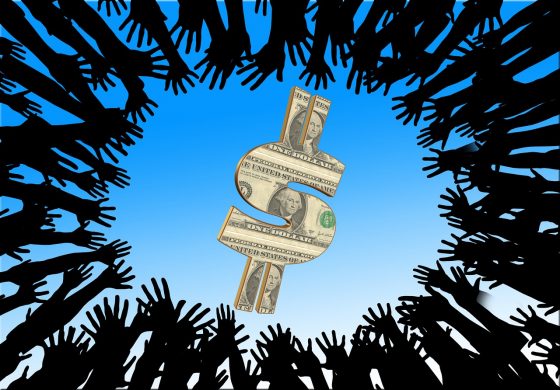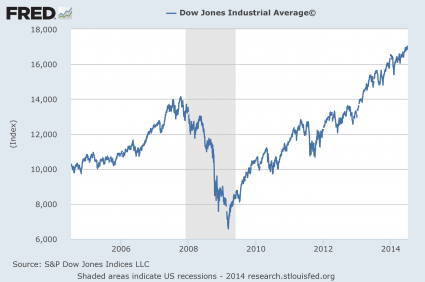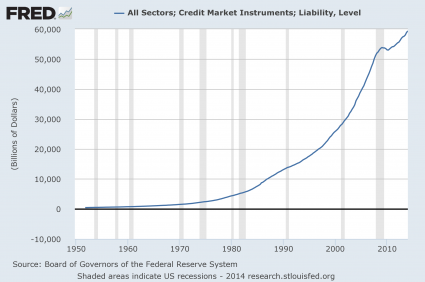 The wealthy are reveling in their giant mountains of money, but meanwhile our society is literally coming apart at the seams all around us. The stock market has been hovering near all-time record highs, and for those at the very top of the economic pyramid these may seem like the best of times. But for most Americans, the “good old days” are a long distant memory. More than 70 million new claims for unemployment benefits have been filed over the past year, poverty is absolutely exploding all around us, and crime rates are shooting higher at an unprecedented rate. In fact, one study of 34 big U.S. cities found that their murder rates rose by an average of 30 percent in 2020…
The wealthy are reveling in their giant mountains of money, but meanwhile our society is literally coming apart at the seams all around us. The stock market has been hovering near all-time record highs, and for those at the very top of the economic pyramid these may seem like the best of times. But for most Americans, the “good old days” are a long distant memory. More than 70 million new claims for unemployment benefits have been filed over the past year, poverty is absolutely exploding all around us, and crime rates are shooting higher at an unprecedented rate. In fact, one study of 34 big U.S. cities found that their murder rates rose by an average of 30 percent in 2020…
A study by the National Commission on Covid-19 and Criminal Justice found that murders increased by 30% across 34 large U.S. cities.
In some areas, carjackings, robberies, shootings, sexual assaults and violence have become so common that it seems like the crime literally never stops.
Unless you have a death wish, there are certain parts of Los Angeles, Minneapolis, Chicago, Philadelphia and Baltimore that you should never enter night or day. If you doubt me, just go wander the streets of the worst neighborhoods of those cities and see what happens to you.
This was supposed to be a year when crime rates began to return to normal, but instead they are on the rise again. One study that looked at 37 large U.S. cities found that murder rates are up by an average of 18 percent so far in 2021…
The big increase in the murder rate in the United States in 2020 has carried over to 2021.
A sample of 37 cities with data available for the first three months of this year shows murder up 18 percent relative to the same period last year.
What is truly frightening is that this is about as good as things are going to get in America from here on out.
So if murder rates are spiking this much under relatively good conditions, what will our cities look like when things get really crazy?
Some of the crimes that we are witnessing are almost too horrible for words. For example, just consider what just happened to a 12-year-old boy in Miami…
A suspect in a black car kidnapped the boy at about 2 a.m. early Saturday morning from a Miami street, according to the Miami-Dade Police Department.
He drove a few blocks, raped the boy, and then shoved him out of the car and drove off, police said.
A good Samaritan on a bike near the scene of the crime came to the boy’s rescue. He was bleeding from the head and said he had been shot.
How sick do you have to be in order to do something like that?
Sadly, I could write about nightmarish crimes such as this every single day of the week if I wanted to, because they happen constantly.
Much of the crime boom is being fueled by gangs. There are more than 100,000 gang members living in the city of Chicago alone, and a steady stream of illegal immigrants ensures that the gangs will always have an influx of new recruits.
Securing our borders would go a long way toward solving this problem, but we refuse to do that.
Just recently, a sheriff in Texas took a reporter from the Daily Mail down to “the easiest illegal border crossing along the Rio Grande”…
The crossing point is on private property where an abandoned house sits on a quiet rural street that runs parallel to the Rio Grande, about 5 miles out of town from Del Rio, Texas, 150 miles southwest of San Antonio.
Law enforcement has nicknamed it ‘Border Lawn.’
‘It’s the easiest illegal border crossing along the Rio Grande,’ Val Verde County Sheriff Joe Frank Martinez told DailyMail.com in an exclusive interview.
When the river is low, immigrants can wade across the Rio Grande in about five minutes.
Authorities know that hordes of people come across the border at this spot each week, but they won’t stop it.
Of course any immigrants that are detained need to be held somewhere, and facilities at the border are already packed beyond overflowing. In particular, the infamous facility in Donna, Texas is already holding more than 10 times more migrants than it was designed to hold…
The U.S. Customs and Border Protection (CBP) holding facility in Donna, Texas, is supposed to house no more than 250 migrants during the coronavirus pandemic.
On Tuesday, the tent complex was holding more than 4,100 migrants, including 3,200 unaccompanied children, according to Oscar Escamilla, a Border Patrol official in the Rio Grande Valley who briefed reporters during the first press tour of a CBP facility under President Biden.
So much of the immigration debate is focused on the unfortunate children that are being held in places such as this, but that is just a drop in the bucket.
Each week, thousands of grown men illegally cross the border without being detained at all. Many of those grown men end up in our core urban areas, and with few legitimate employment prospects available many of them turn to crime.
In an article that I published yesterday entitled “We Have Never Seen A Home Buying Frenzy Quite Like This”, I discussed the fact that we have seen a mass exodus from our core urban areas over the past year. Millions of Americans have been looking to buy homes in desirable rural and suburban locations, and this has pushed housing prices into the stratosphere.
Today, I came across another example of this phenomenon. 122 offers were made on a 1,400 square foot home that was listed for sale in Citrus Heights, California in just one weekend…
A Citrus Heights home in a quiet cul-de-sac received 122 offers in one weekend on the market.
The 1,400 square feet home has three bedrooms, two baths and a spacious backyard with a swimming pool and an asking price of $399,900.00.
Could you imagine paying $400,000 for a house that is just 1,400 square feet in size?
The real estate agent that listed this property was astounded to receive so many offers, because it wasn’t underpriced at all…
“People would think that it was underpriced. It was not underpriced. It was straight on with the comps,” said Deb Brittan, the listing agent for the property. “I had hoped, I thought, maybe if we get 20 offers that would be amazing.”
As for the couple that sold the house, they don’t need it anymore because they are moving to Idaho.
As conditions in the United States continue to deteriorate, we will continue to see people flock to rural and suburban communities at an unprecedented rate.
So if you are planning to move, I would not wait.
Millions of Americans have already been priced out of the market, and the feeding frenzy is not going to subside any time soon.
***Michael’s new book entitled “Lost Prophecies Of The Future Of America” is now available in paperback and for the Kindle on Amazon.***
About the Author: My name is Michael Snyder and my brand new book entitled “Lost Prophecies Of The Future Of America” is now available on Amazon.com. In addition to my new book, I have written four others that are available on Amazon.com including The Beginning Of The End, Get Prepared Now, and Living A Life That Really Matters. (#CommissionsEarned) By purchasing the books you help to support the work that my wife and I are doing, and by giving it to others you help to multiply the impact that we are having on people all over the globe. I have published thousands of articles on The Economic Collapse Blog, End Of The American Dream and The Most Important News, and the articles that I publish on those sites are republished on dozens of other prominent websites all over the globe. I always freely and happily allow others to republish my articles on their own websites, but I also ask that they include this “About the Author” section with each article. The material contained in this article is for general information purposes only, and readers should consult licensed professionals before making any legal, business, financial or health decisions. I encourage you to follow me on social media on Facebook, Twitter and Parler, and any way that you can share these articles with others is a great help. During these very challenging times, people will need hope more than ever before, and it is our goal to share the gospel of Jesus Christ with as many people as we possibly can.














